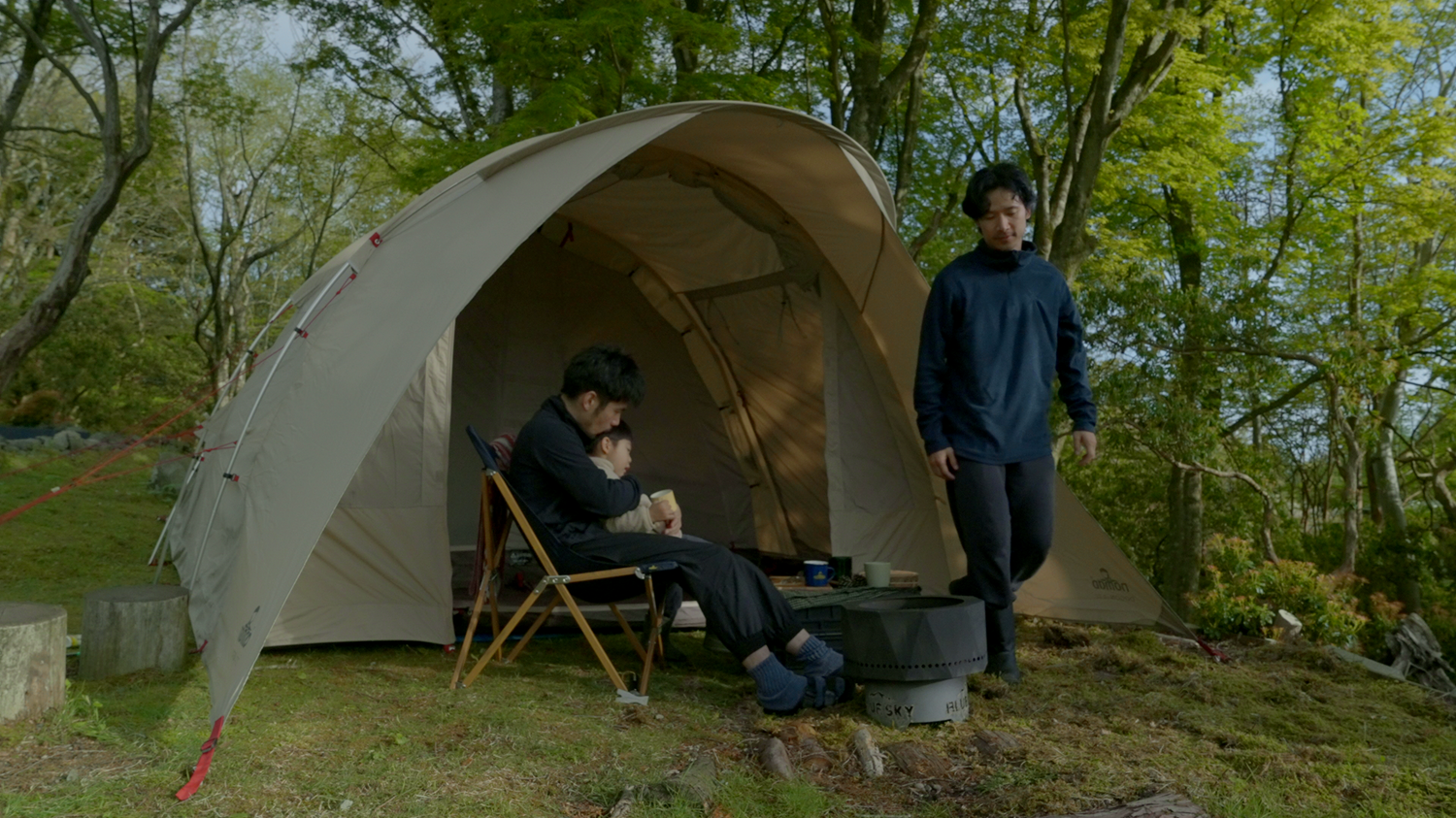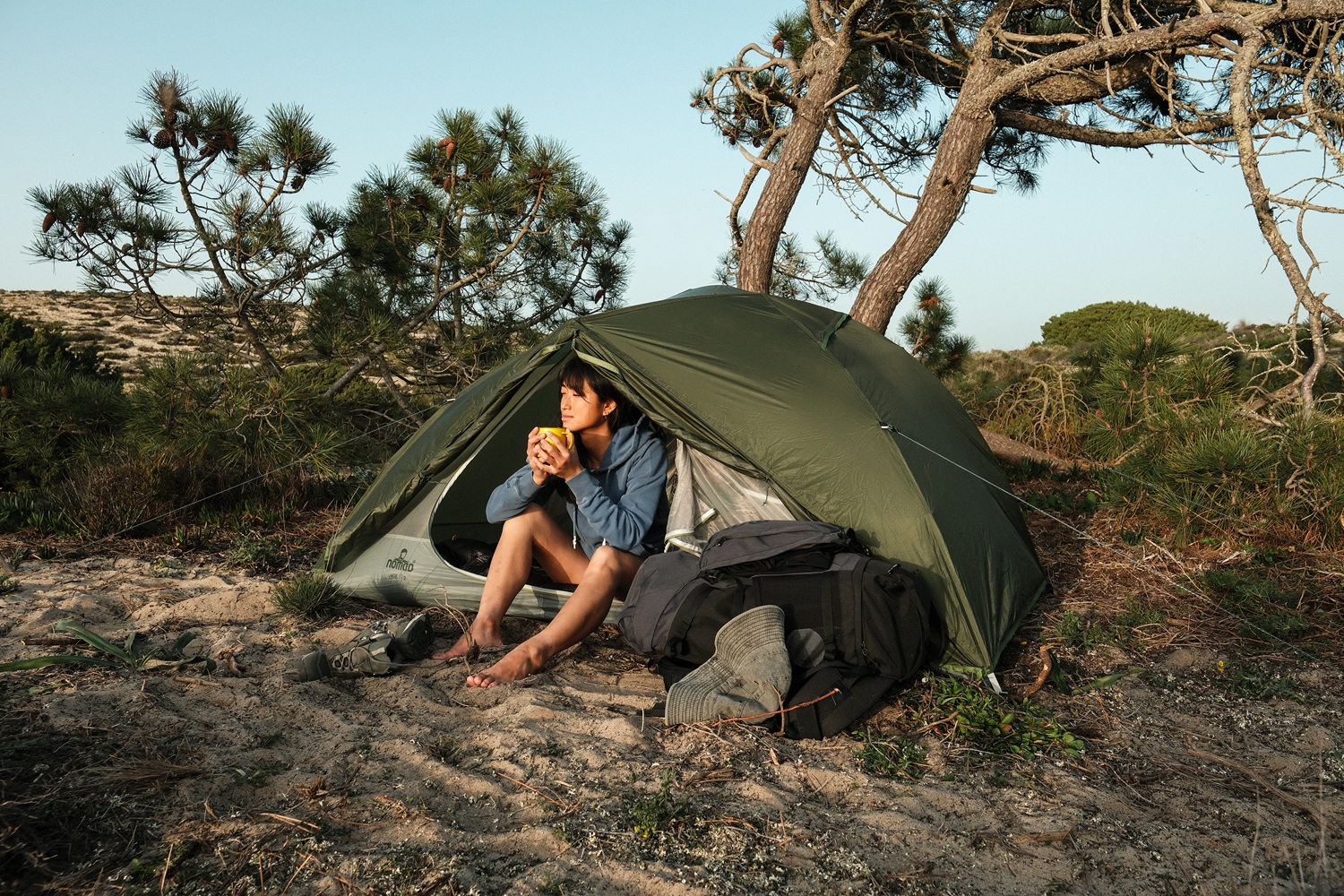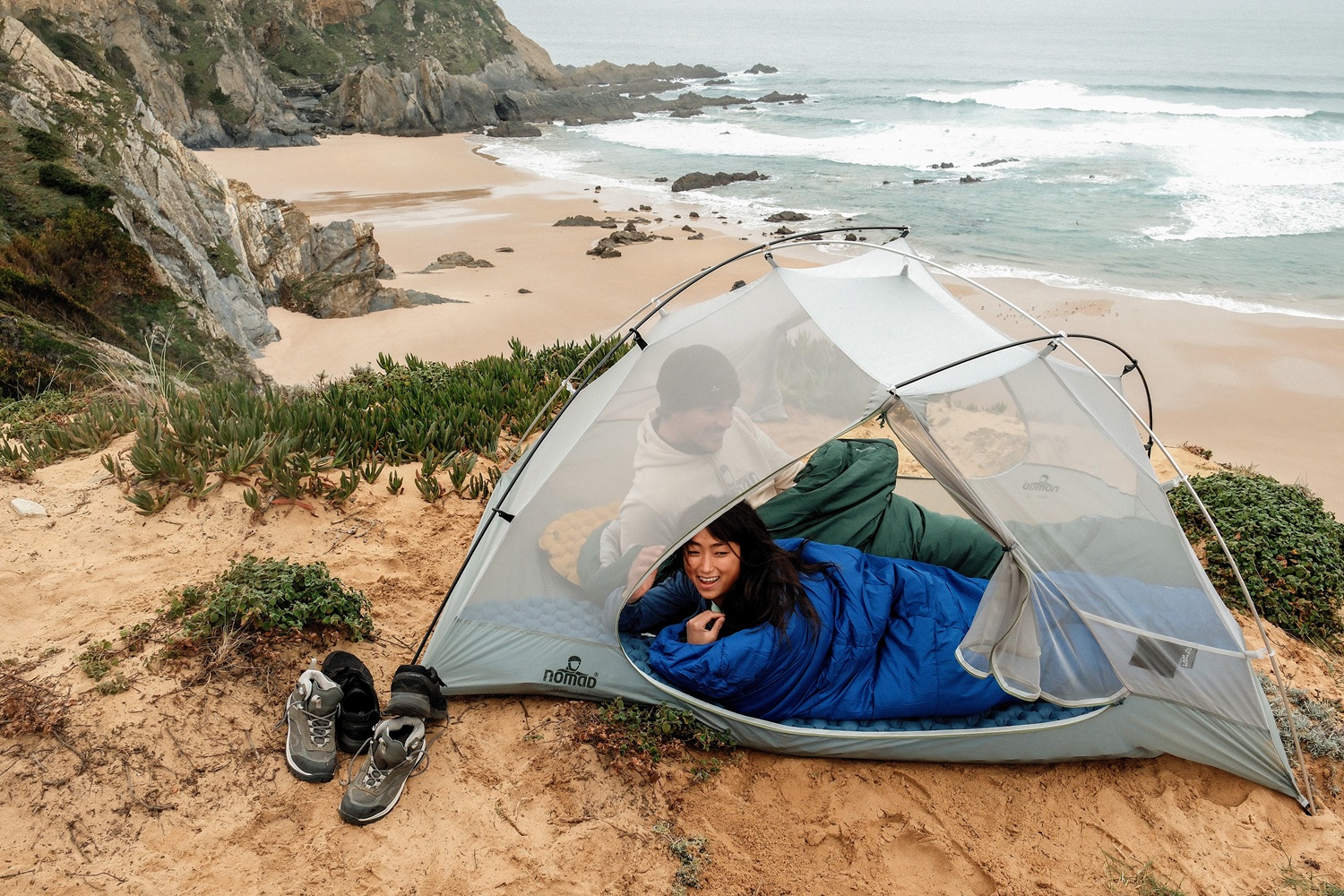Buying a tent? 10 must-know tips before you decide
Are you in the market for a tent but don’t know where to start? With a variety of types, materials, and options available, the choice can be overwhelming. No worries! In this guide, we’ll help you step by step to find the perfect tent for your adventure.
1. What type of traveler are you?
Before looking at specifications, first consider how and where you plan to use your tent:
- Hiker or cyclist? Choose a lightweight and compact tent (e.g., nylon or polyester), such as the NOMAD Bedouin 2 Pro Tent.
- Family camper? Go for space and comfort (e.g., a tunnel tent or bungalow tent), such as the NOMAD Dogon 4 (+2) Family Tent for 4-6 people.
- Festival-goer? A quick-setup tent (like a pop-up tent) is ideal, such as the NOMAD Jade 2 Premium Tent.
- Backpacker or minimalist? Consider an ultralight trekking tent or tarp, such as the NOMAD Jade 2 Pro Tent at just 1.6 kg.
With this in mind, you can search more efficiently for the right tent type for you.
2. Tent type
There are many types of tents, each with unique features. Here are the most common ones:
|
Tent type: |
I'm looking for: |
I don't mind that it's: |
|
Sturdy, compact, easy to set up |
Limited standing height |
|
|
Spacious, good layout |
Needs more pegs, less sturdy in strong winds |
|
|
Pop-up tent |
Extremely quick to set up |
Not compact when packed |
|
Ideal for hikers, small and light |
Less comfort and space |
|
|
Spacious, ideal for families |
Heavy and bulky |
|
|
Safari tent |
Comfortable, durable |
Expensive, less flexible in use |
3. How much space do you need?
A tent is often sold as a 2-person, 3-person, etc., with an average allowance of 60 cm width per person. However, there are more factors to consider:
- How wide is your sleeping mat?
- Do you need extra space for gear?
- Do you want to sit comfortably inside in case of rain?
Be mindful of the tent’s layout when making your choice. For extra space, choose a tent rated for one more person than needed, or extend your tent with a (separate) awning or canopy!
Tip: Visit an outdoor store and test a tent in person to get a feel for the space!
4. Weight & pack size
The packed size of your tent is especially important if you need to carry or transport it yourself. For a multi-day hike in the mountains or a backpacking trip, every gram in your backpack counts. Your tent choice will likely be different than if you’re traveling by car or staying in one place for a longer period.
- Hikers & cyclists: Choose a lightweight tent (<2 kg) and check pole length.
- Car campers: Weight is less important, so go for more comfort and space.
- Backpackers: Choose a tent that packs small and fits in your backpack.
The tent fabric and poles have the most impact on weight. Aluminum poles are light and strong, while fiberglass poles are slightly heavier but more budget-friendly.
Check out our ultimate packing list for your next lightweight adventure!
5. Tent fabric
Besides weight, the fabric also determines how the tent performs in different weather conditions.
|
Material: |
I'm looking for: |
I don't mind that it's: |
|
Cotton |
Breathable, less condensation, durable |
Heavy, slow-drying |
|
Lightweight, quick-drying, affordable |
Less breathable, can get warm |
|
|
Combination of breathable and quick-drying |
More expensive, slightly heavier |
|
|
Lightweight and compact, ideal for hikes |
Less UV-resistant, can stretch when damp |
As a general rule, you can follow this advice:
- Warm, sunny destinations? (Poly)cotton stays cooler than other materials.
- Expecting rain? Polyester and nylon dry quickly.
- Long-term stay? (Poly)cotton is comfortable and breathable.
6. Waterproofing
Waterproofing is always important for a tent, whether you’re staying in one place for two weeks or just for a single night. If you get caught in a heavy downpour, you’ll want a tent that keeps you dry.
The waterproof rating of a tent is measured in water column (mm): the more water the fabric can withstand before leaking, the higher the water column.
- Outer tent: Minimum 2,000 mm for good waterproofing.
- Groundsheet: Minimum 5,000 mm, as it handles the most water pressure.
- Ventilation: Prevents condensation inside the tent.
Want to learn more? Read all about tent waterproofing here.
7. Ventilation
A well-ventilated tent helps prevent condensation and stuffy heat during summer. That’s why tents come with various ventilation openings, double doors, or mesh windows to improve airflow. On warm nights, it can be great to use just the inner tent, allowing for a breathtaking view of the night sky!
8. User-friendliness
The choice of your tent can also depend on how user-friendly it is. Some tents pop up in just 2 minutes, while others take half an hour, require many pegs, or even an extra pair of hands to set up properly.
- Quick setup: Pop-up tents and small trekking tents.
- Easy setup with more space: Tunnel tents with color-coded poles.
- Luxury & convenience: Family tents.
9. Budget & Quality
After reading these 8 tips, you hopefully have a clearer idea of what kind of tent suits you best. One key factor in your decision will undoubtedly be price. Are you planning to use your tent frequently and intensively? Then it’s worth investing in a high-quality tent that will last for years - provided you take good care of it. Not sure if camping is for you, or do you only need a tent occasionally? Then consider which features matter most to you and choose your tent accordingly.
Budget guidelines:
- €50 - €150: Basic tents, great for occasional camping or festivals.
- €150 - €400: A wider selection with good waterproofing and durable materials.
- €400+: High-end features, lightweight, and built for all-weather conditions.
10. Test your tent
Once you’ve carefully chosen your new tent, it’s time to put it to the test. Our final tip: set up your new tent at least once in your backyard, a park, or even indoors before you head out on your trip. This way, you can make sure you have all the parts, understand how everything works, and get some practice pitching it. It will save you a lot of stress when you arrive at your destination, especially in bad weather or in the dark.
Enjoy your next adventure!
Still unsure? Contact us for advice on finding the right tent.



